On Monday, my very ancient phone began behaving as one possessed: randomly phoning people, bringing up screens and threatening to delete data until I was able to switch it off. It had been a trusty friend for many years, but it was time for a replacement.
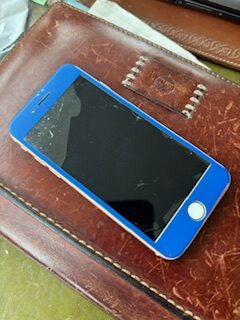
Image: Karen Costello-McFeat
My phone was second hand when I acquired it and since I have an alarming propensity for dropping and forgetting where I left it; an old, battered phone suited me fine. My husband, however, very generously suggested that I got a new one with an industrial case for protection. I confess I was tempted and succumbed – the chance of a first rate camera clinched the deal. I love my new toy, but though I value the convenience and amazing features of a smartphone, they also give me pause.
Time suckers
With the typical Brit spending an average of 4.25 hours per day (and with the majority of that scrolling), mobiles are stealing half our non-working hours. (Selfcatering.co.uk) For many more, the time is greater than that and has all the hallmarks of addiction. There is even a name for it: nomophobia. Young people denied access to phones (even in the classroom) become stressed and lack the ability to control their time spent on-online. (https://www.bbc.co.uk/news/education-50593971 ) Much has been written about the corollary impacts on mental health, so I won’t repeat them here. But unchecked, mobile use is seriously worrisome.
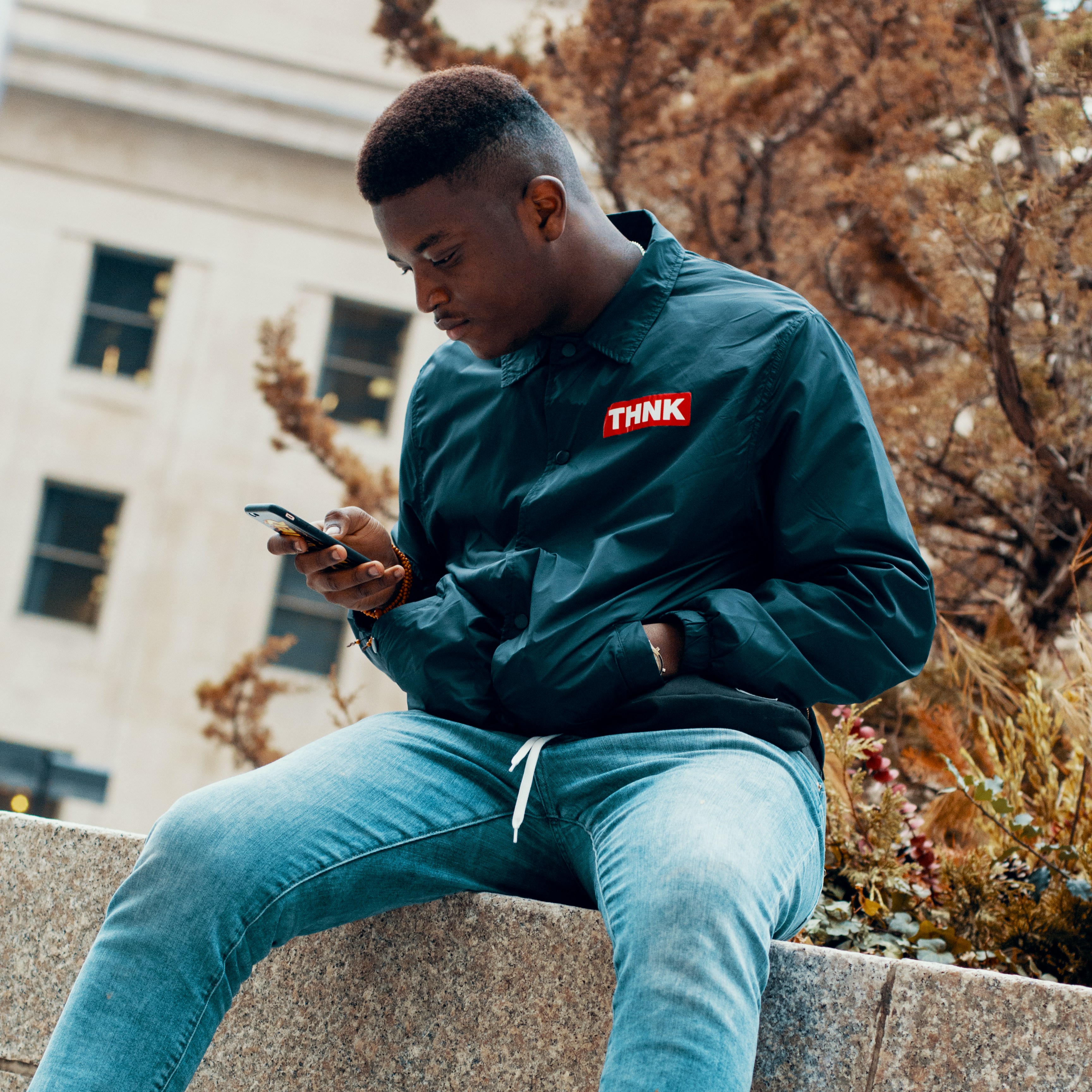
A phone’s primary purpose is to connect with others. However, I’m not sure this is always the case.
Only Connect?
For me, my mobile is a science fiction dream come true. I can video call friends and relations thousands of miles away; check data from a library that would make the one at Alexandria look provincial, and keep in touch with friends daily. It also allows me to take professional quality pictures, which only great care could be produced on a regular camera. (Remember F-stops and distance calculations?)
All good.
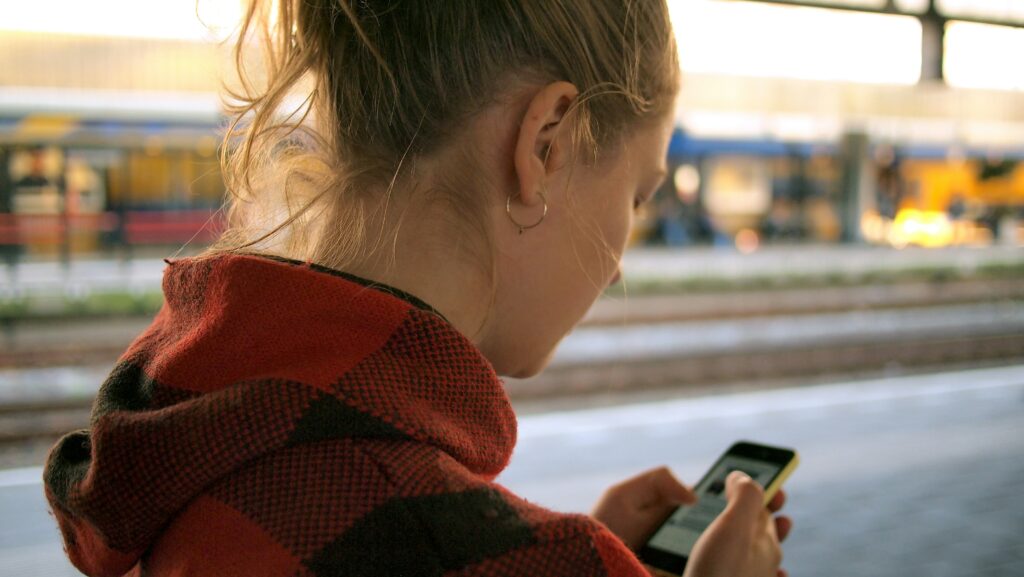
Image: Daria Nepriakhina on Unsplash
But too often, I see mobiles used not to increase our connectivity but to reduce it. Mothers with buggies are glued to screens while their infants stare out to space. In restaurants, often a couple or members of an entire family are so enthralled by the images in front of them that they only look up to take a mouthful of food. And even at the celebrated Van Gogh exhibition in London, my friend told me, no one seemed to actually look at the paintings, but only used them as a backdrop for a selfie or a photograph.
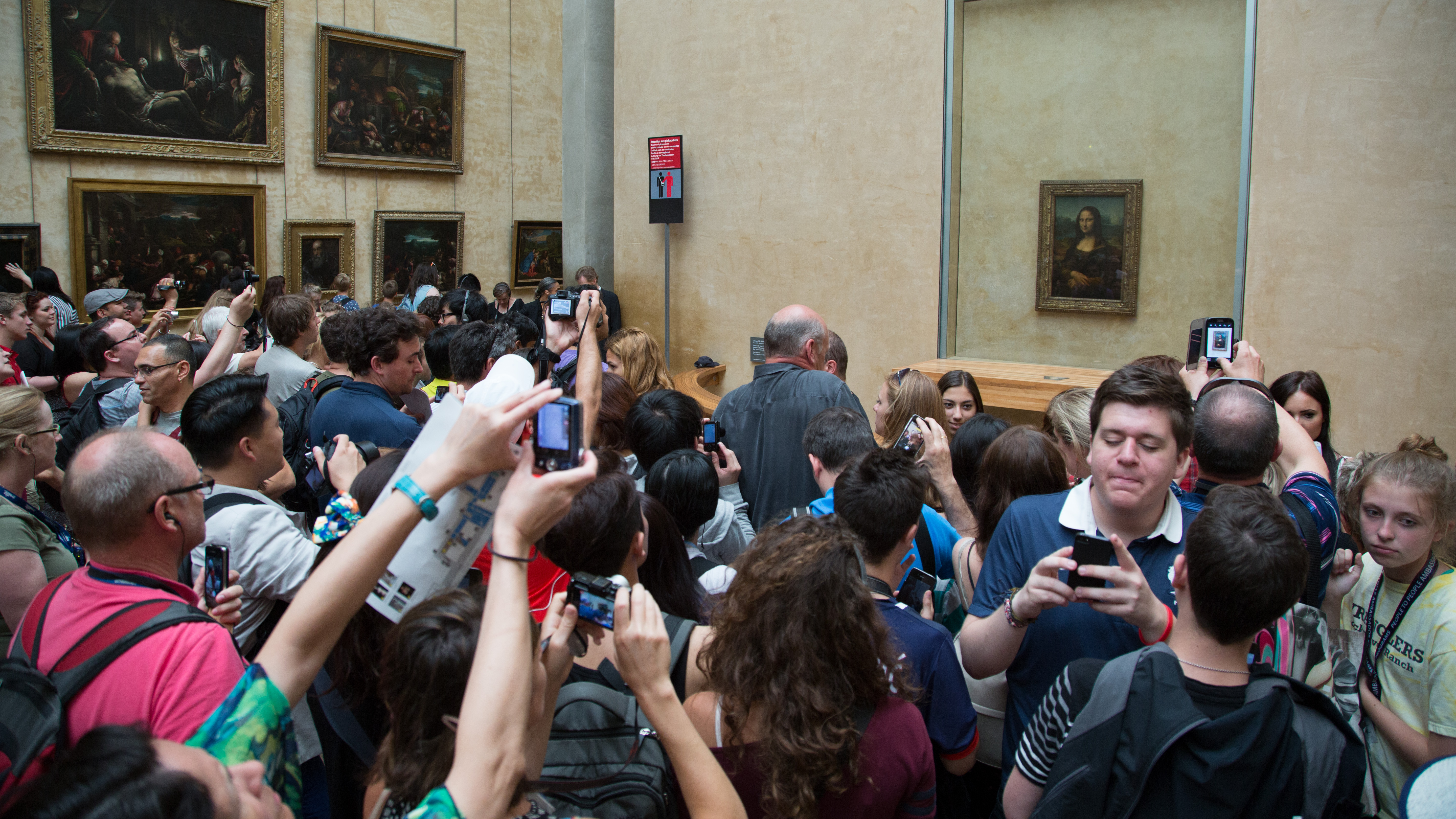
I am as guilty as the next person of taking pictures of art I love, but what is so sad above the image above is that no-one is actually enjoying the masterpiece or any of those on the surrounding walls. Da Vinci’s iconic portrait has become a shorthand for culture – part of a travel check list for Paris to be posted and ‘liked’. Leonardo would be mortified by such philistines, though I suspect that the technology of smart phones would delight him.
Smart phones and the disabled
Here, as elsewhere, the device has proven to be a double-edged sword. Whilst these phones enable those with disabilities to communicate more easily, it may also be the very thing that prevents them from engaging with others.
Smart phones have all sorts of features that are a boon on so many levels: the visually impaired can magnify images and texts and listen to podcasts and stories; the hard of hearing can use the speakers at a higher volume or on speaker phone; those with physical restrictions on their hands can speak commands and texts. They allow those confined to their homes to engage with news from around the world.
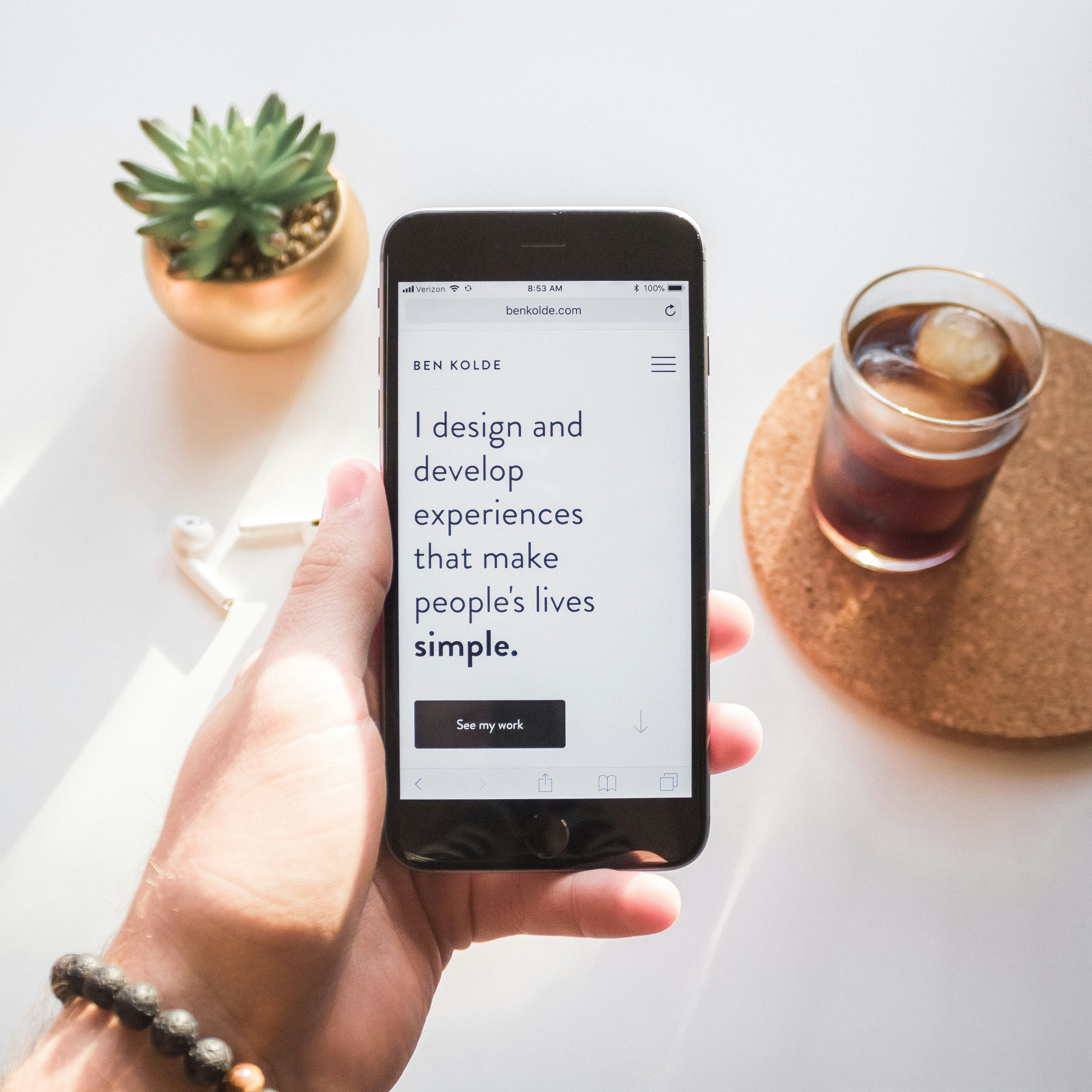
Image: Ben Kolde on UnsplashK
When allied with smart home devices, they allow users to ensure their homes are warm enough when they return to them, operate difficult to reach light switches and call for help in an emergency. All of these are brilliant.
Alas, despite their capacity to land a rocket on the moon, most phones are used for scrolling the Internet and messaging. And what’s the harm in that? you ask. Nothing in moderation, but being bombarded with images of beautiful people travelling, dancing and generally being very active is a little demoralising to those who cannot do those things. They are also set up to sell products, and as I have mentioned before, the disabled are almost invariably at a financial disadvantage. The phone can be the modern version of the torture of Tantalus – the flexible body and the tempting goods are so close on screen but impossible to grasp.
Disability brings its own mental health challenges. We hardly need to add to them.

I became acutely aware of this issue on Wednesday when I was quite literally incapacitated by fatigue. My wonderful friend sent shots of her recent amateur dramatics’ event. She had spent long hours in rehearsals, danced and sung and generally had a brilliant time. At university, we had been nicknamed ‘the dynamic duo’ – now she is the dynamic uno! Whilst I rejoiced in her success, part of me was pained by my own limitations and frustrated by a body refusing to cooperate. I’m back to my normal now and out and about visiting friends. But not everyone is so lucky.
In addition, the fact that our phones can entertain us all day, every day, means that for those who find getting out the house difficult, it can become an excuse not to and life narrows accordingly.
Take a break
For 24 hours, I had no phone at all and found it surprisingly restful. There was no need to check it at regular intervals for messages. I had more time to write and create. I missed a little banter and a few hellos, but nothing vital.
Now I’m back online, I have to fight the desire to check out all my new options: garage band to make music is especially appealing and my camera looks awesome, but will have to wait.
The smartphone is an astonishing feat of technology, which can bring so much pleasure and connection. However, sometimes, we need to disconnect to get the human interaction we need most of all.
